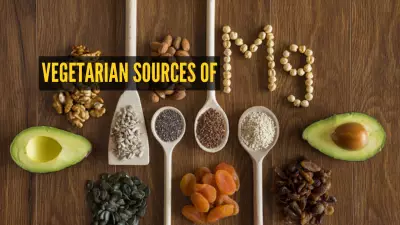
Have you ever glanced into the toilet bowl and wondered what the colour of your stool might be trying to tell you? It turns out, your poop's hue can be a powerful indicator of your internal health, particularly concerning your liver and digestive system.
The Rainbow of Digestion: What Each Colour Means
Brown: The Gold Standard
A healthy, medium-brown colour indicates proper digestion and adequate bile production from your liver. Bile, essential for fat breakdown, gives stool its characteristic brown colour.
Green: The Speed Demon
Green poop often means food is moving too quickly through your digestive tract. When bile doesn't have enough time to break down completely, it retains its green colour. This can also result from consuming leafy greens or green food colouring.
Warning Colours You Shouldn't Ignore
Pale, Clay-Coloured, or White Stools
This is one of the most significant warning signs for liver health. Pale stools suggest a bile duct blockage or liver dysfunction preventing bile from reaching your intestines. If you notice this colour persistently, consult a doctor immediately.
Yellow or Greasy Stools
Yellow, greasy, foul-smelling stool that floats might indicate malabsorption issues, where your body isn't properly absorbing fats. This could relate to liver, gallbladder, or pancreatic problems.
When Red Means Stop
Red Stools: Emergency or False Alarm?
Bright red stool can sometimes result from eating beets or red food colouring. However, it can also indicate bleeding in the lower digestive tract. If you haven't consumed red-coloured foods and notice this colour, seek medical attention.
Black or Tarry Stools
Black, tarry stools often signal bleeding in the upper gastrointestinal tract. The blood darkens as it travels through your digestive system. This requires immediate medical evaluation.
Your Liver's Role in Poop Colour
The liver produces bile, which not only helps digest fats but also gives stool its normal brown colour. When liver function is compromised due to conditions like hepatitis, cirrhosis, or bile duct blockages, it can significantly alter your stool's appearance.
When to Consult a Healthcare Professional
- Persistent pale, clay-coloured stools
- Black or tarry stools not explained by medication
- Bright red blood in stool
- Yellow stools accompanied by other symptoms
- Any sudden, unexplained colour changes lasting more than a few days
Remember, while occasional colour variations are normal, persistent changes in your stool's appearance, especially when accompanied by other symptoms like abdominal pain, weight loss, or fatigue, warrant medical attention. Your poop might just be trying to tell you something important about your liver and gut health.





